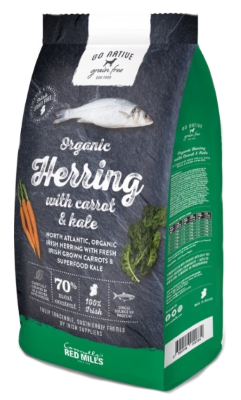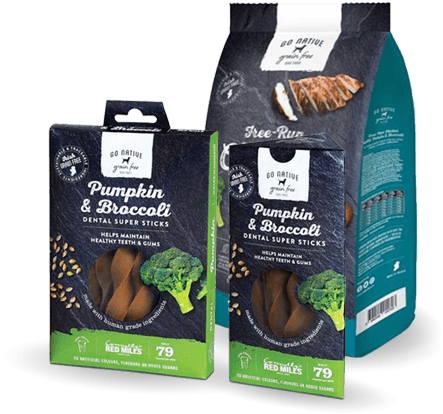How to Read a Dog Food Label
Share
[Sassy_Social_Share]Reading food labels seems more confusing all the time, whether it is a dog food label or one on your own food. Some of them look like you’d need a degree in chemistry. But pet parents want the best for their fur babies, just as they do for the rest of the family. So learning how to read dog food ingredient labels is important.
The details on a dog food label empower you to know the difference between vague advertising claims and the reality of just what is in that food. Dog food labels are similar to the labels on food for people in one way – the claims mean little, and the ingredients listed are what matters.
Parts of a Dog Food Label
The first thing to know about how to read dog food ingredient labels is that there are two important sections. No company is going to spell out the exact recipe they use to make their food, but labels should list the ingredients and the nutritional analysis. Both of these give you different but important insight into the food and how well it will meet your dog’s nutritional needs.
- Ingredients are exactly what is in the food. Dog food labels will often give a percentage for some key ingredients, but not the exact amounts. For example, on our Go Native Duck with Apple and Cranberry, our label specifies that it contains 40% freshly prepared duck and 25% dehydrated duck. The more specific the ingredients are, the better you can assess the quality of the food. Some brands will simply say “meat by products”, which leaves you guessing what kind of meat it is. Many brands will just list “cereals”, but we think you should know which cereals so our labels will list rice, dehulled oats, etc. Feeding your dog the best starts with knowing what is in their food.
- Nutritional Analysis breaks down what percent of the food is protein, fat, fibre, etc. You can use this information to ensure your dog’s basic nutritional needs are being met by the food you select. Puppies need around 30% protein in their diet, for example, while adult dogs need between 20 and 35% protein depending on their age and activity level. Fibre regulates your dog’s digestion and maintains a healthy gut. It also plays a role in stabilizing blood sugar levels. But dogs only need a small amount – 2 to 3%. High levels of fibre in a dog food can tip you off to cheap filler ingredients. Fat is not your dog’s enemy. While excess fat isn’t great for any of us, your dog does need some fat to give them energy and a shiny coat.
Quality Nutrition vs. Adequate Ingredients
Not all protein or fibre is created equal. While the nutritional analysis can tell you how a food meets basic nutritional needs, it is the ingredients section of the dog food label that indicates the quality of the food. When you shop for your family, you choose from a whole range of quality in every type of food; fruit and vegetables, meats and even biscuits and bread can vary significantly in quality. Dog food ingredients are the same.
Understanding how to assess quality is one of the hardest parts of learning how to read dog food ingredient labels. A good rule of thumb is that the more specific the label is, the better. A dog food label should be designed to be clear and easy to understand. If a company is making a great food, it’s only natural to tell the consumer exactly what is in it!
To really understand the quality of a food, you have to go beyond just the label and look at what the brand is telling you. We know locally sourced food is generally better because food loses quality in transit over long distances. (Not to mention the carbon footprint of food using ingredients shipped from distant places.)
Many pet food labels mention by products, and many pet parents are left what exactly those are. The term can conjure up some disgusting images, but it simply refers to a collection of pieces such as liver and other organs. Not very appetizing to most of us, but our dogs have different tastes! The advantage to pet food companies is that if they change the exact ingredients for any reason, they do not have the expense of changing the pet food label. Ingredients can change for many reasons, including a change in price or availability of an ingredient.
The Key to Reading Dog Food Ingredient Labels
Knowing what the various ingredients are is important, but the information is meaningless unless you also know what your dog needs. What sounds good is very subjective, and what you need is a solid, objective understanding of your dog’s specific nutritional needs. Those needs vary by age, breed type, activity level and other health concerns. Two dogs of the same breed, even the same litter, can have different needs based on their lifestyle and general health. One might be out jogging every day with their owner or working on a farm while the other might be a couch potato with an owner who can’t resist dishing out too many treats. So no one dog food is best for every dog.
Before you start reading all the dog food labels, read up on your dog’s breed type and talk to your vet about their needs. When you have an idea of how much protein, fat and fibre your dog needs, you can make the best choice based on the analysis portion of the dog food label. Then it down to how well the manufacturer can demonstrate the quality of their ingredients by naming them precisely on the label and explaining how they assure quality.







